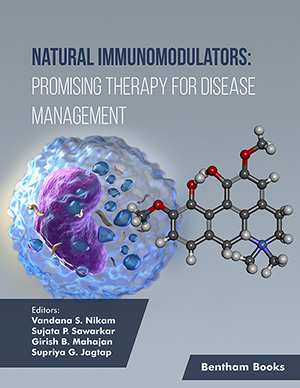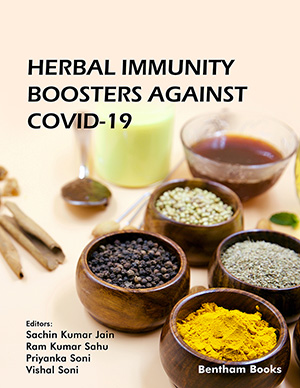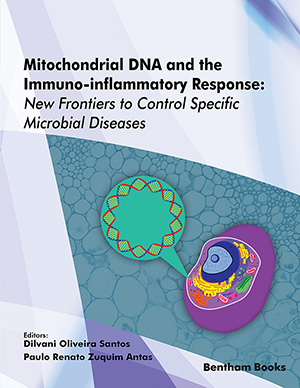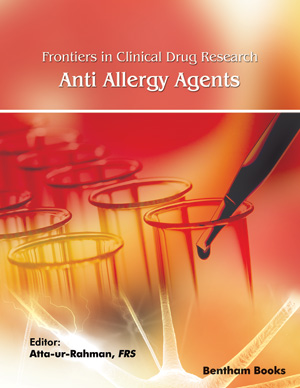
Abstract
Due to improved treatment strategies mortality in multiple trauma patients has been decreased over the last decades. However, posttraumatic complications like sepsis and subsequent multiple organ dysfunction syndrome (MODS) remain a major problem on intensive care units following major trauma. The clinical course after multiple trauma depends on the balance or imbalance of the pro- and anti-inflammatory immune response. The predominance of the proinflammatory response leads to the “Systemic Inflammatory Response Syndrome” (SIRS), whereas the “Compensatory Anti-inflammatory Response Syndrome” (CARS) might result in immune suppression with an enhanced risk for infectious complications. Both, SIRS and CARS, play a pivotal role in the development of sepsis and the “Multiple Organ Dysfunction Syndrome” (MODS). A gender dimorphism in the host response after multiple trauma and sepsis has already been described. In experimental as well as clinical studies, a protective effect of female sex hormones and precursors like androstenediol has been revealed. Moreover, blockade of androgen receptors and the inhibition of dihydrotestosterone (DHT) synthesis were shown to provide beneficial effects on the immune response. Beside sex hormones, modulation of the Toll Like Receptor (TLR) pathway by macrophage-activating lipopeptide-2 (MALP-2) has sufficiently been described. Furthermore, hydrogen sulfide (H2S) and substance P have recently been revealed important for proinflammatory action in animal models of inflammation. Thus, these agents might be potential candidates for new treatment strategies in septic patients in order to improve the still unsatisfactory outcome of multiple trauma patients. If applicable, patents of each described agent are provided within the text.
Keywords: Androstenediol, finasteride, flutamide, gender dimorphism, inflammation, MALP-2, MODS, sepsis, traumahemorrhage, Immunomodulation, Polytrauma, Polymicrobial Sepsis, SIRS, CARS, DHT, TLR, H2S, ISS, xanthine oxidase, TNF, CRP, NK, IL-1RA, DIMORPHISM, estrogen, cytokine, NK-cells, macrophages, B-lymphocyte activity, IL-1, DHEA, CLP, eNOS, (MIP)-1, NF-B, endotoxemia, FDA
 44
44



















